The Ministry designed a plan: Two models, no singing in music classes, parents' tasks
The Ministry of Education has prepared two models of teaching for high schools, according to which the planned program can be realized.
Wednesday, 12.08.2020.
17:15
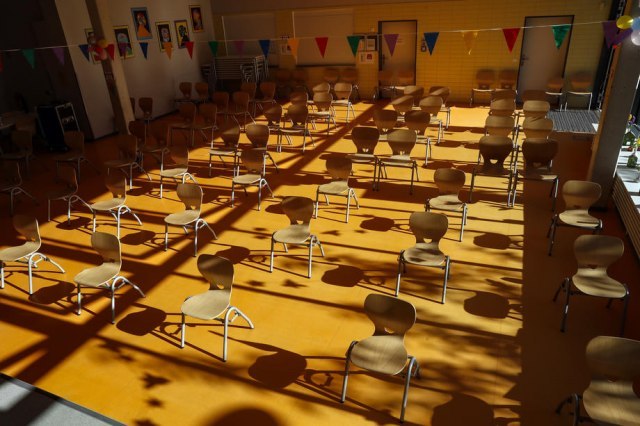
The Ministry designed a plan: Two models, no singing in music classes, parents' tasks
These are combined model of teaching and distance learning.Teaching in high schools and secondary vocational schools according to the combined model implies that students from the first to the fourth grade come to school for one week for direct classes, and the following weeks they implement and perform classes through distance learning.
The shift consists of first and second grade students, i.e. third and fourth grade students.
If the number of students in the class is greater than 16, the class is divided into two groups (the school chooses the most optimal criterion for division into groups).
If the number of students in the class, i.e. group for exercises, practical classes, foreign languages is less than 16, for them classes are held without division into groups and always at school.
The school should carefully schedule classes to ensure continuity of classes for students.
Student assessment in this model of teaching is realized when students are in school, respecting all the principles of assessment.
Class Schedule
Students in one group, when they have classes at school, have all classes on schedule. Schools can adjust the schedule so that classes from subjects with a larger weekly fund are realized as double classes or in blocks in order to reduce the number of teachers who come to school every day to the optimal measure.Classes last 30 minutes each. The break between shifts at the school is used to clean and disinfect classrooms, hallways, laboratories, workshops, libraries and all other spaces in the school that are used for teaching and learning.
Also, the time between shifts can be used for the realization of practical forms of teaching, especially in a situation when students are not able to realize this form of teaching with an employer with whom the school has an appropriate contract.
Teaching units in digital form
When preparing for direct teaching in school, teachers should make preparations for teaching units in digital form so that they can be used in the model of distance learning (questions, tasks, materials for learning and practice)It is recommended that schools have professional teachers' councils jointly prepare and share teaching content. This is especially important for large schools in which one and the same subject is taught by several teachers in the same class and according to the same or similar program.
Cooperation is desirable for the purpose of sharing teaching resources between schools within school communities, i.e. professional societies of individual subjects.
Distance learning is a special form of educational work in which students realize the program of teaching and learning in whole or in part by using modern information and communication technology for learning, without a direct school attendance.
This form of teaching is applied when teaching at school is not realized in order to preserve the safety and health of students and teachers.
Distance learning is organized for school students and includes teaching and other forms of organized work (individually, in a group or class).
The choice of software depends on the school
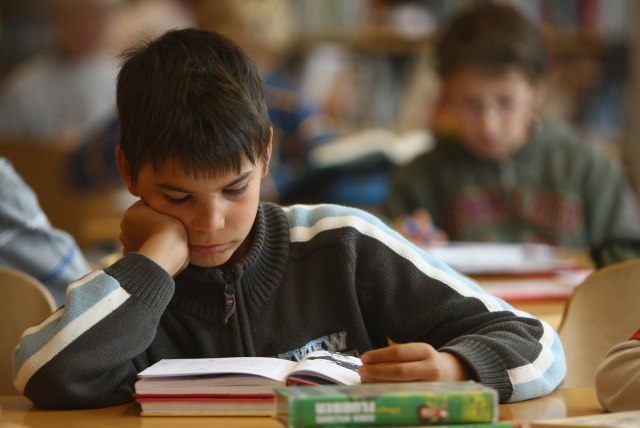
The principal and professional associates follow the classes and have access to virtual classrooms, online classes and other forms of distance learning. For seven general education subjects (mathematics, Serbian language and literature, physics, chemistry, history, geography and biology), access to content and activities is possible at any time (24 hours during 7 days a week).
It is a closed educational solution (there is no possibility of access to unauthorized persons). It is available via the Internet, via various types of digital devices (computer, laptop, tablet, mobile phone) regardless of the installed version of the operating system (Windows / Android / iOS / MacOS).
It allows the creation of digital content that contains text, images, sound, videos and links to verified websites to which the teacher refers students.
It has built-in functionalities that enable communication between teacher-student and student-other students.
It allows teachers to create quizzes / tests or questionnaires to assess students' knowledge, and has the ability to store teaching materials and student work.
Maximum 15 students in the classroom
A maximum number of students to be in the classroom is 15, each of them will sit alone in the bench, and all activities where increased aerosol formation is possible will be suspended, which would mean that there is no singing in music lessons, no rehearsals of the school choir, no physical sports in physical education and for individual sports, the conditions in the halls should be checked.This is stated in the Instruction on measures for the protection of the health of students and employees, for primary and secondary schools.
The instruction states that education on the ways and importance of prevention of COVID-19 in the school environment will be conducted by organizing a webinar on school staff on the ways and importance of preventing COVID-19 in the school environment before the beginning of the school year.
Also, the first day of the school year will be dedicated to lectures and discussions on ways and importance of prevention of COVID-19 in the school environment, and educational materials and videos on ways and importance of coronavirus prevention will be posted on the school website and in visible places on school premises.
When it comes to measures to reduce the risk of coronavirus introduction into the school environment, students, teaching and non-teaching school staff should not come to school if they have a fever and / or symptoms of a respiratory infection.
What is the task of parents?
Parents should check their children's body temperature every morning before starting school, and the teaching and non-teaching school staff should do the same.The instruction prescribes maintaining a physical distance with other people in the school of at least 1.5 meters, while in the classrooms there should be a maximum of 15 students with the provided four square meters per child and one child in each bench.
It is necessary to educate students, teachers, school staff about the importance of maintaining physical distance to prevent the spread of infection - before / at the beginning of the school year, the teacher's class should be used to educate students, as well as certain physical and health education classes. Post visual notices / posters on maintaining physical distance.
It is recommended that students do not change classrooms, i.e. that classes for one class take place in the same classroom.
Mandatory wearing of masks
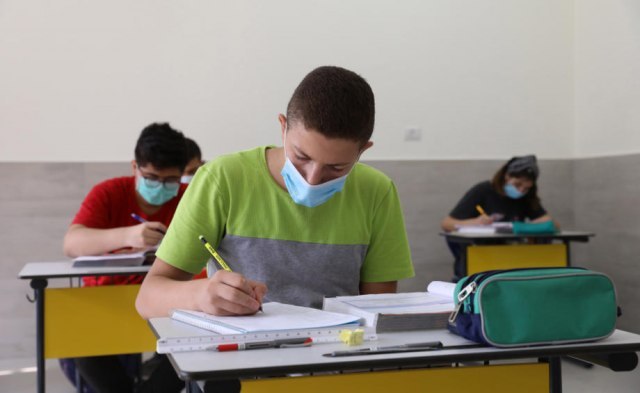
Students, on the other hand, should wear the mask when entering the school until they reach their bench, and always when answering and every conversation, as well as any movement outside the bench, when going on the break or to the toilet. It is recommended that students wear a mask throughout their stay at the school, but it can be postponed during the period when the student is sitting in his desk and listening to the lessons.
During the stay in school, it is possible to use any mask - surgical, epidemiological or cloth, but it should be used in the right way so that it covers the nose and mouth.
It is necessary to wash your hands regularly, or use a disinfectant based on 70% alcohol, which cannot replace hand washing with soap and water if your hands are visibly dirty. After three to four disinfections, be sure to wash your hands with soap and water.
Hands must be washed when entering school, before meals, after going to the toilet, before preparing food, after performing respiratory hygiene (shaking the nose, coughing in a handkerchief, etc.), after play (eg after a long break, after a physical education class) and petting animals, when they are visibly soiled, after leaving school and whenever there is a need.
Mandatory and regular cleaning of the school environment
Regular cleaning of the school environment is also mandatory.It is recommended to make a hygienic cleaning agenda (cleaning shifts per floor, etc.).
Regular procurement of basic consumables, through the joint work of the school, local self-government and parents, through, for example, the establishment of a parent committee for sanitary and hygienic conditions. These include soap, toilet paper, disposable towels, garbage bags, cleaners, disinfectants and cleaning products (cloths, joggers).
It is also planned to regularly ventilate all rooms exclusively by opening the windows, without the use of artificial ventilation and centralized closed air conditioning, mandatory during each school break and between shifts. If the weather conditions allow, it is recommended to keep the windows open for the duration of the class.
If the school organizes student meals, it is necessary that meals are served in the dining room or classrooms (only if the school does not have a dining room), that children sit at tables at a distance of at least one, and preferably two meters, in each direction.
Before eating, it is necessary to wipe the surfaces on which the food will be served with alcohol. It is important that children wash their hands before eating, and it should be emphasized that they do not share food and cutlery with each other.
The procedure with students, teaching and non-teaching staff of the school who have symptoms of respiratory infection with suspicion of coronavirus is also listed.
If symptoms appear outside of school, you should contact COVID clinic of the competent health center. Do not go to school and at the same time inform the competent person in the school and continue to follow doctor's recommendations.
If symptoms appear in the school, when it comes to school staff, it is necessary that the person with symptoms of the disease immediately report to the COVID ambulance, and the competent person appointed by the school director informs the competent institute / public health institute.
When it comes to students, in case of any suspicion of infection, immediately put a mask on the student and place him in an empty classroom / room designated for isolation and inform the parents and the competent institute / public health institute.
The student, in the isolation room until the arrival of the parents, needs to be taken care of by one person using a mask and gloves, and the room must be cleaned and disinfected after the child leaves.


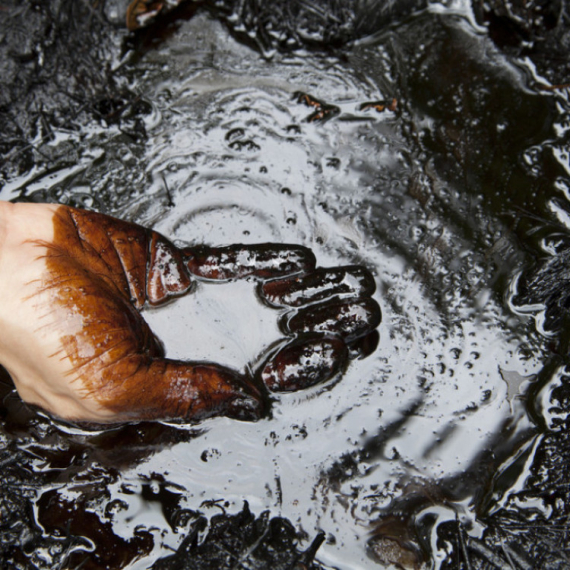
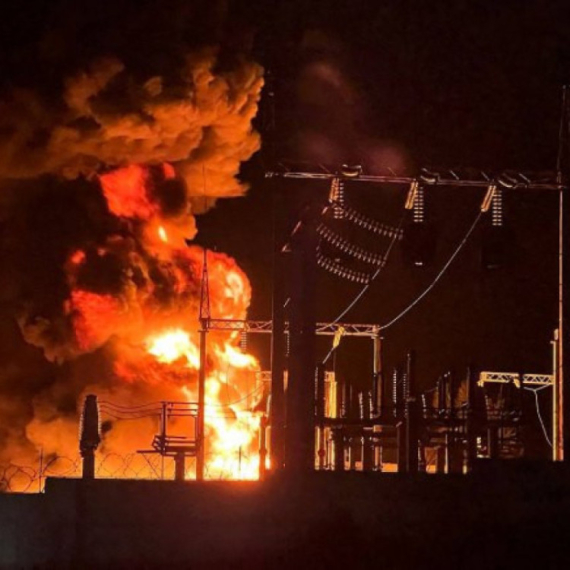

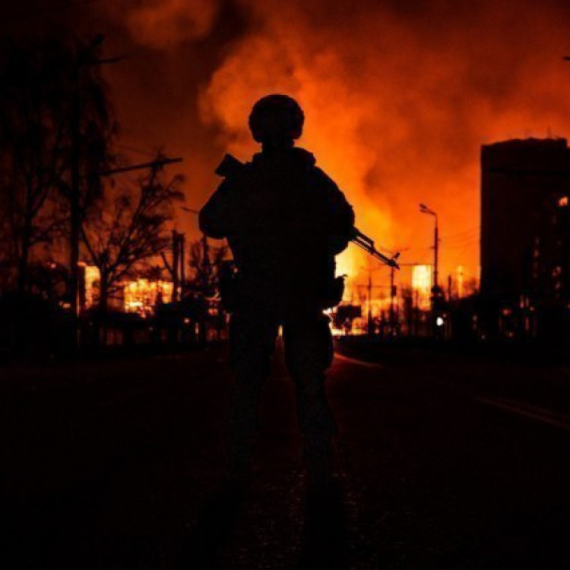
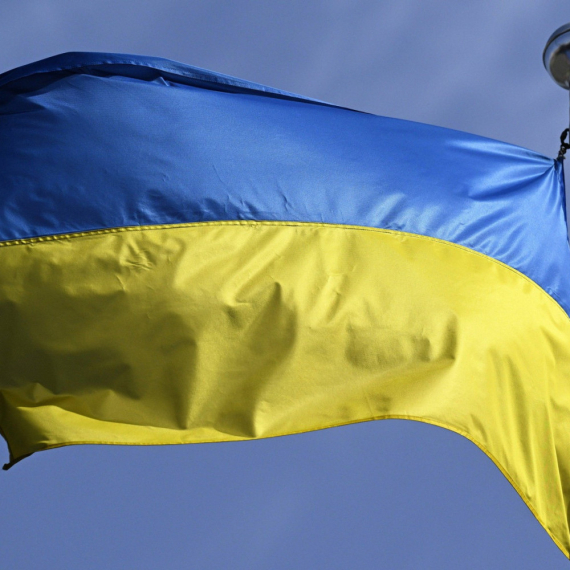









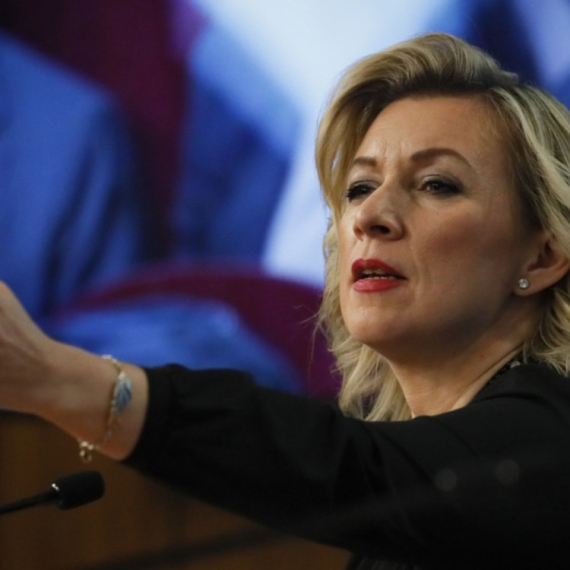








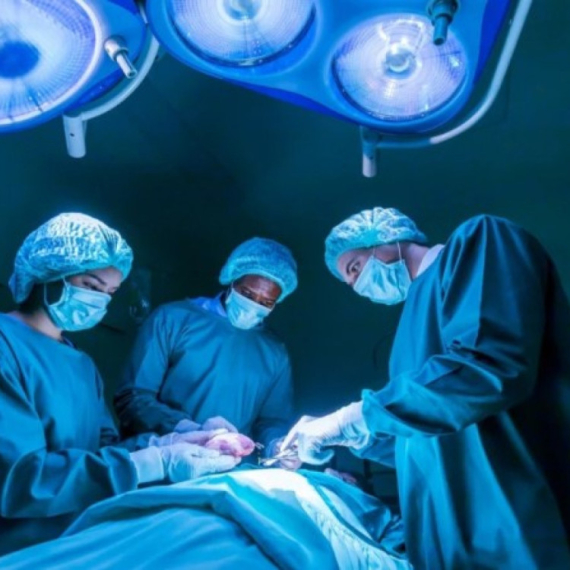












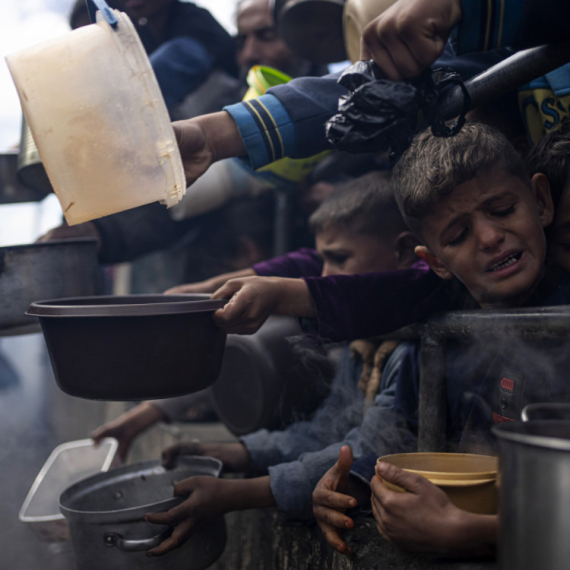



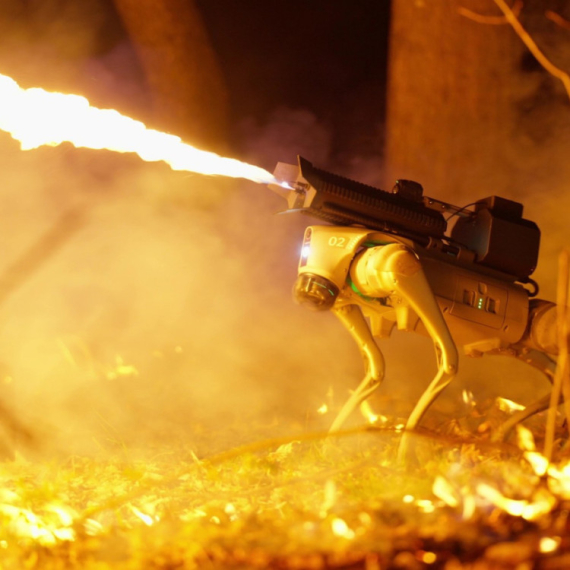

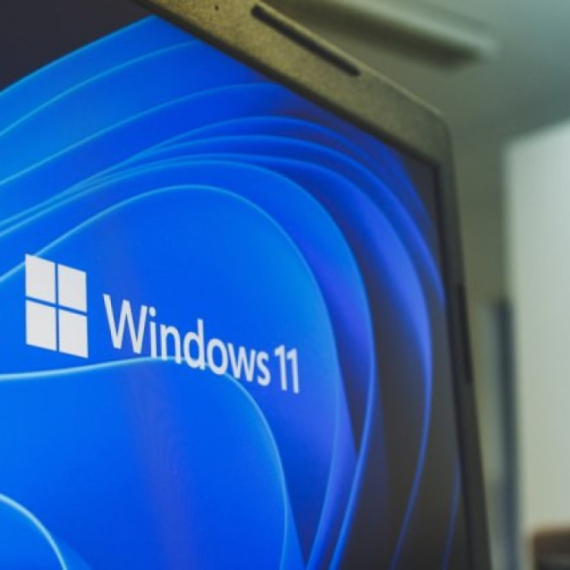
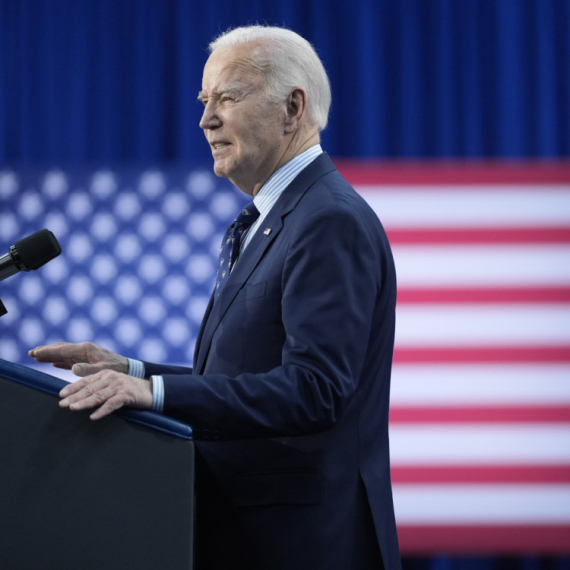




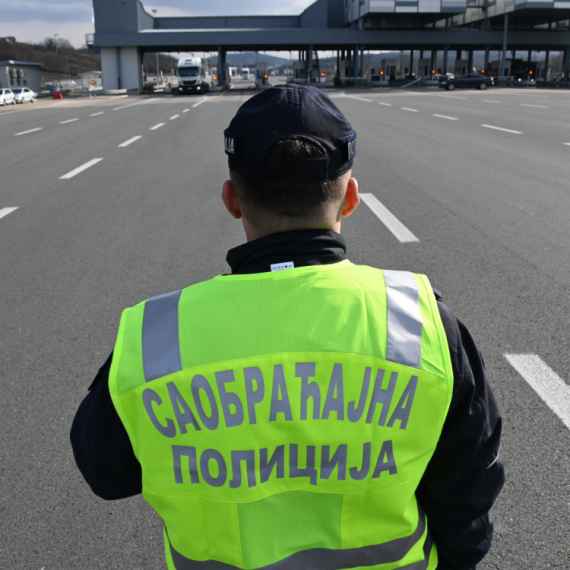
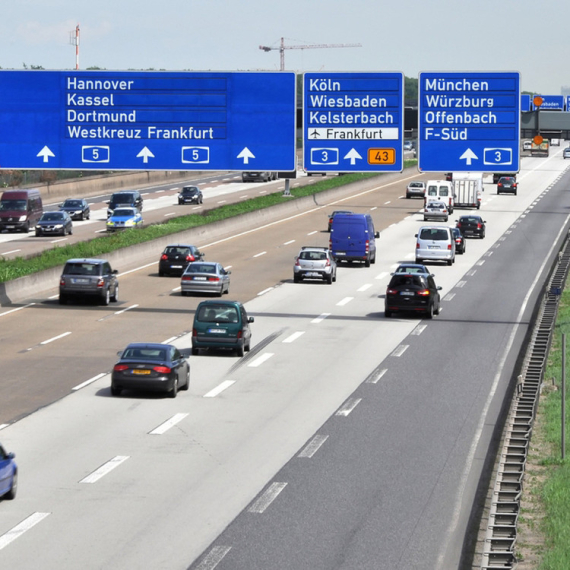






Komentari 1
Pogledaj komentare